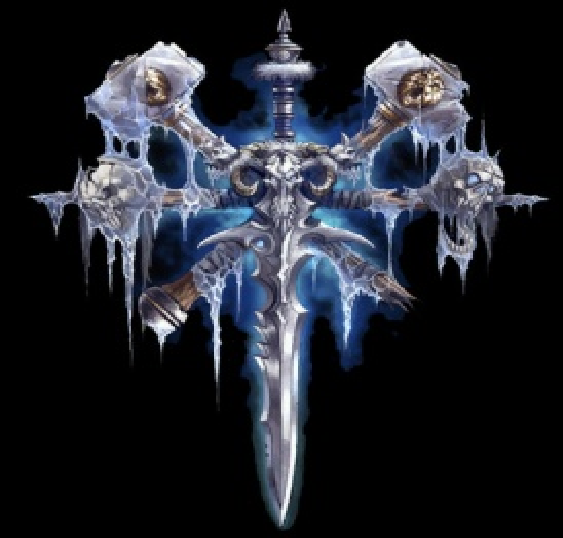

We moderns have continued to frame the Middle Ages as the other to modernity, but it is perhaps more accurate to see the Middle Ages and modernity as different sides of the same coin: the Middle Ages is modernity’s evil twin. The Middle Ages continues to haunt modernity with revivals, references, and re-creations, each an attempt to imagine our own pre-modern past.

But the myth of the Middle Ages has, arguably, intensified since Eco wrote his essays. Indeed, our current medievalisms in popular culture and our current practices and subjective positions within Medieval Studies in the academy would have been unrecognizable to Eco in the 1980s.

More importantly, perhaps, they offered scholars the ability to live with the Middle Ages again in the present and to insist on the Middle Ages’ pivotal role in shaping the present-as well as the present’s pivotal role in shaping the Middle Ages.Įco’s essays are now part of the historiography of our disciplines, and his references to the popular and academic cultures of the 1970s and 1980s are no longer our points of reference. Eco’s essays showed that “the middle ages” readily transgress whatever chronological frame one imposes on them. They established the possibility of multiple Middle Ages existing in the present, each of which was conceived as much as a studied response to the “real” Middle Ages as it was to satisfy our present needs in or for the Middle Ages. Eco was trying to describe ten modes of framing, simulating, or referencing the historical Middle Ages in literature, art, and film.Įco’s texts have become classic-perhaps the classic-statements on medievalism in North American academe. Eco proposed the possibility of ten little Middle Ages that existed from the Renaissance to the present (the Middle Ages as ironical revisitation, as decadentism, romanticism, etc). In his classic essays “Living in the New Middle Ages” and “Dreaming of the Middle Ages,” republished in his Travels in Hyperreality (1984), Umberto Eco explored what he understood to be a renewed interest in the Middle Ages in North American and European culture, defined by “a curious oscillation between fantastical neomedievalism and responsible philological examination.” Like many significant twentieth-century theorists, Eco was trained as a medievalist, so he was uniquely well-placed to identify and explore manifestations of medievalism.


 0 kommentar(er)
0 kommentar(er)
